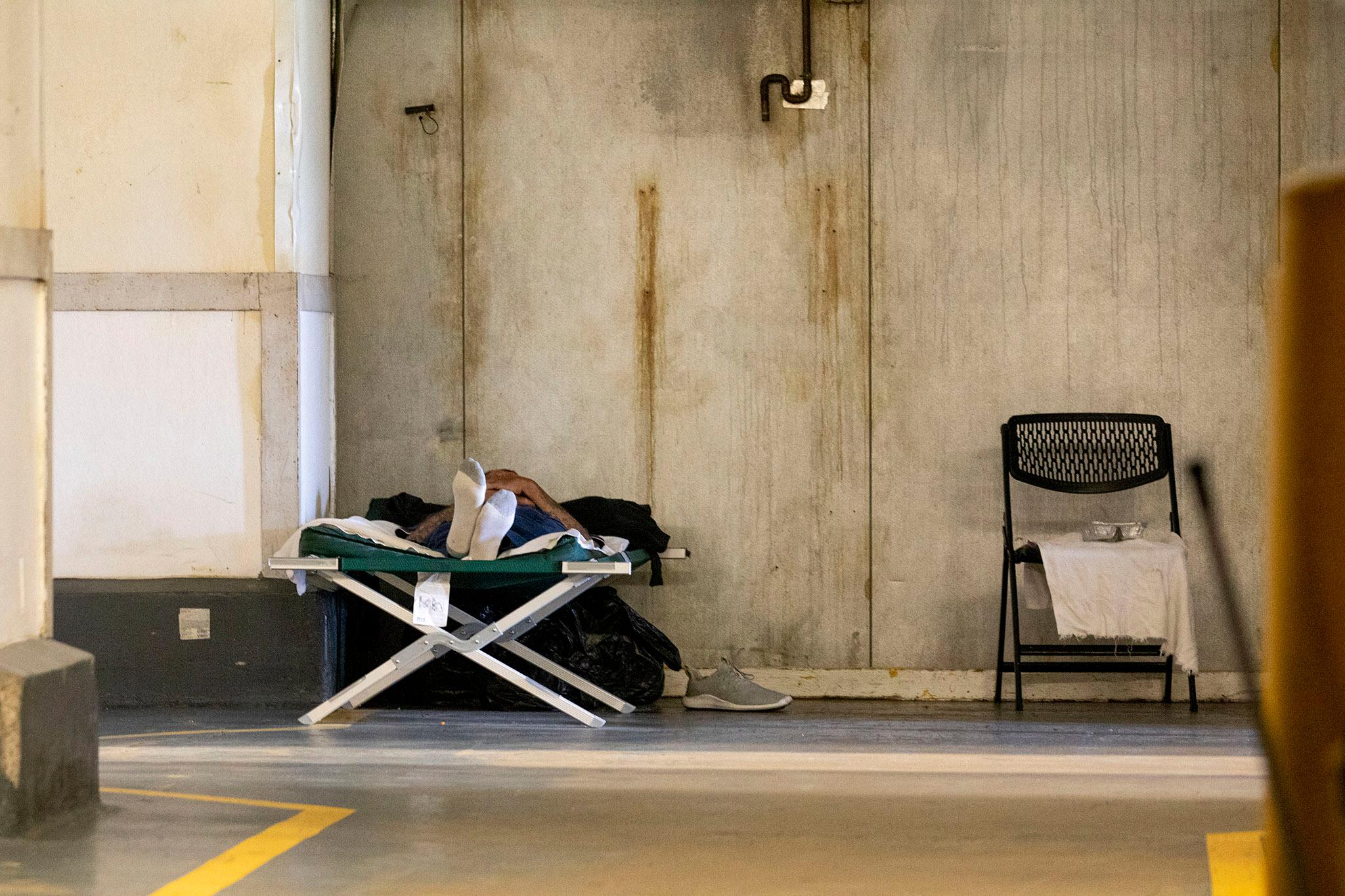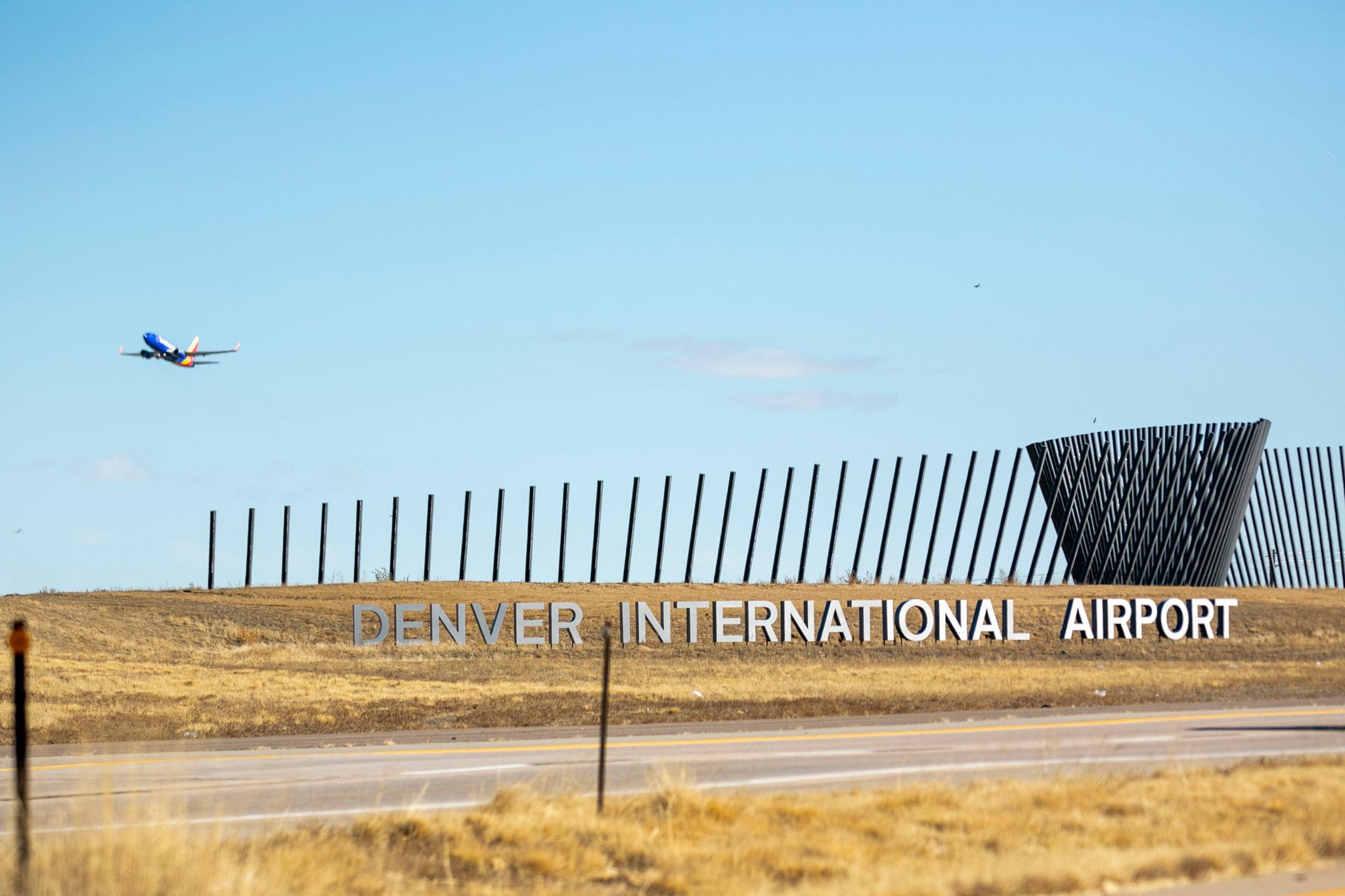
In the RiNo Art District, you don't necessarily need to go indoors to see some art. Walk around outside and it's just about everywhere you turn, painted on the walls.
And for 10 days, that experience is going to be a little more dazzling.
Ten buildings throughout the district will be lit up by the work of local filmmakers each night from February 21 through March 2 for a free event called Side Stories.
Each artist — most of whom are based in the RiNo district — received a $5,000 grant to create a site-specific, 3- to 5-minute film loop. The films will "celebrate the five neighborhoods we’re a part of," said RiNo Art District Creative Director Tracy Weil.
The event was inspired by a similar, larger festival in Montréal.
Fiona Arnold, of Backyard on Blake, attended the festival and decided to do it on a smaller scale in her backyard, and on her Backyard. She assembled, as Weil put it, "a group of doers" that included Weil, district president Jamie Licko and the Colorado Office of Film, Television and Media. Arnold is former executive director of the Colorado Office of Economic Development.
"We really wanted to create an event that drove some traffic to the district in the winter months," Weil said. "Especially with Brighton Boulevard and the construction happening there, it deters people a little bit."
The projections will be scattered on walls from 26th Street to 35th Street on Larimer, Walnut and Blake streets. Possibly the most interesting and visible surface to act as canvas will be the Dry Ice Factory chimneys on which local studio Postmodern will project a piece titled "The Space Between Us."
"What blossoms today throughout RiNo is the result of decades of evolving expressions that span many cultures and many stories," the description reads. "The RiNo that we see in 2018 is filled with totems of visual identity that speak to us in voices from all the people that makeup our community."

Also among the artists featured by Side Stories is Gary Emrich, who along with his brother and partner, David, has lived and worked here all his life.
"I’m a fourth-generation Coloradan. My grandparents lived at 23rd and Curtis in Curtis Park in the '20s. David and I acquired a building, a warehouse, down there on Walnut Street in 2002, so we were really pioneers in RiNo," Emrich said. "... We purchased this building so we could build my brother's business there, and we’ve watched this whole thing grow up into a pretty amazing neighborhood."
When Emrich was asked to contribute work for Side Stories, he turned to his catalogue of yet-to-be used material. He's been working in video since he was in graduate school the '80s, so he's built up some backlog.
His piece, which will be displayed on a wall at the Backyard on Blake, captures a trip through his garden with a bug's-eye view. It's a continuation of his 2013 solo video show, "Contact," for which he used his garden as the canvas.
"A lot of my work involves the process of making art. So, I found this very small video camera about the side of a pencil and I thought, 'OK, here’s an opportunity for me to continue to work shooting in a garden,'" he said. "And so I rigged this on a slot car set and I spent a year putting my track out in the garden during the various seasons and shot the garden from that perspective."
Over at C Squared Ciders, you'll find the work of Michelle Carpenter and Travis Vermilye, associate professors of digital design at the University of Colorado Denver. Their, "Burnis McCloud" will be on rotation along with another CU Denver-born piece, "RiNo iRoN."

Burnis McCloud was a photographer in Denver who did the bulk of his work from the 1940s through the 1980s — capturing everyday life and, with the access his job as a janitor at the Capitol provided him, notable figures who came to Denver. (Denverite wrote about McCloud and shared some of his work here.)
"We found his photography, and he donated his whole collection to the Denver Public Library. It’s over 100,000 photos, " Carpenter said. "He personally he knew Dr. Martin Luther King Jr., he knew Jesse Jackson, he documented Civil Rights protests, everyday life being in the beauty shop, the gas station, the grocery store."
They uploaded images from Five Points into editing software and used a technique called parallaxing in which, Vermilye explains, "you can cut the people out to create space, and it gives depth to the images."

"It’s a neat opportunity to explore history and I think people will definitely learn from it," Vermilye said. "The project itself is pretty cool — to try to revitalize the area this time of year, getting people out."
And just as art lovers are supporting local businesses, those local businesses are showing support for local artists. For Emrich and his brother, an event like Side Stories is a step in the right direction for Denver and its art scene.
"[David and I] think creative industries are a huge enhancement to the city, and they have grown us from the cow town that we used to be. I think we’re a much more sophisticated city because of things like this, Side Stories, which are bold, aggressive, thought-provoking attempts to enliven a neighborhood," Emrich said. "... It’s really nice to have business interests supporting something like this. That’s the kind of thing that makes a city a big city."
For more information on Side Stories, including more film descriptions, a map and audio guide, visit rinoartdistrict.org.











